private $status_code= 200; // successfully
public function register(Request $request)
{
// $validator = $this->validator($request->all())->validate();
$validator = Validator::make($request->all(),
[
'name' => ['required', 'string', 'max:255'],
'email' => ['required', 'string', 'email', 'max:255'], // , 'unique:users'
'password' => ['required', 'string', 'min:4'],
]
);
if($validator->fails()) {
return response()->json(["status" => "failed", "message" => "Please Input Valid Data", "errors" => $validator->errors()]);
}
$user_status = User::where("email", $request->email)->first();
if(!is_null($user_status)) {
return response()->json(["status" => "failed", "success" => false, "message" => "Whoops! email already registered"]);
}
$user = $this->create($request->all());
if(!is_null($user)) {
$this->guard()->login($user);
return response()->json(["status" => $this->status_code, "success" => true, "message" => "Registration completed successfully", "data" => $user]);
}else {
return response()->json(["status" => "failed", "success" => false, "message" => "Failed to register"]);
}
}
/**
* Get a validator for an incoming registration request.
*
* @param array $data
* @return \Illuminate\Contracts\Validation\Validator
*/
protected function validator(array $data)
{
return Validator::make($data, [
'name' => ['required', 'string', 'max:255'],
'email' => ['required', 'string', 'email', 'max:255', 'unique:users'],
'password' => ['required', 'string', 'min:4'],
]);
}
/**
* Create a new user instance after a valid registration.
* @author Mohammad Ali Abdullah ..
* @param array $data
* @return \App\User
*/
protected function create(array $data)
{
return User::create([
'name' => $data['name'],
'email' => $data['email'],
'password' => Hash::make($data['password']),
]);
}
protected function guard()
{
return Auth::guard();
}
/**
* method public
* @author Mohammad Ali Abdullah
* @date 01-01-2021.
*/
public function login(Request $request)
{
$validator = Validator::make($request->all(),
[
"email" => "required|email",
"password" => "required"
]
);
// check validation email and password ..
if($validator->fails()) {
return response()->json(["status" => "failed", "validation_error" => $validator->errors()]);
}
// check user email validation ..
$email_status = User::where("email", $request->email)->first();
if(!is_null($email_status)) {
// check user password validation ..
// ---- first try -----
// $password_status = User::where("email", $request->email)->where("password", Hash::check($request->password))->first();
// if password is correct ..
// ---- first try -----
// if(!is_null($password_status)) {
if(Hash::check($request->password, $email_status->password)) {
$credentials = $request->only('email', 'password');
if (Auth::attempt($credentials)) {
// Authentication passed ..
$authuser = auth()->user();
return response()->json(["status" => $this->status_code, "success" => true, "message" => "You have logged in successfully", "data" => $authuser]);
}
}else {
return response()->json(["status" => "failed", "success" => false, "message" => "Unable to login. Incorrect password."]);
}
}else{
return response()->json(["status" => "failed", "success" => false, "message" => "Email doesnt exist."]);
}
}
public function logout()
{
Auth::logout();
return response()->json(['message' => 'Logged Out'], 200);
}
